Feeling Time and Vibration: Bianco-Valente
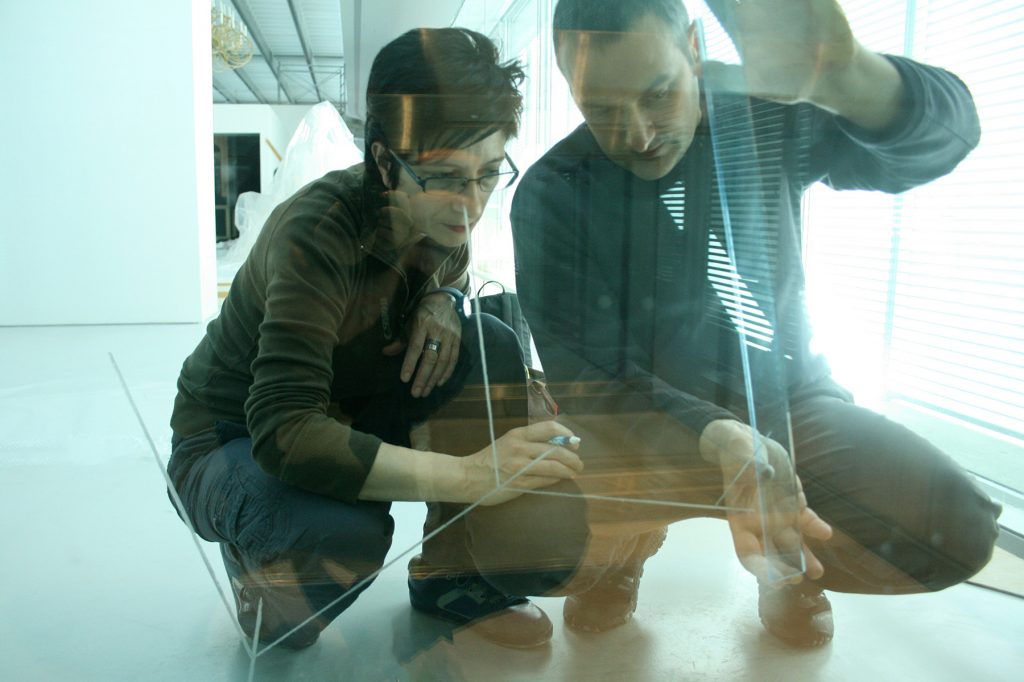
In a period when our lives are suspended due to the pandemic, we should be asking ourselves questions to make us appreciate the meaning of life, improving our modus vivendi. To appreciate more the simple things that surround us every day, which we might take for granted. Weighing time, space, perception, relationships with the environment and our relationship with nature: these are connections that should help us better define our priorities and grasp the weight of more important things.
Like a distracted look at a stranger, and sensing his vibe. A feeling to feel the other: empathy. Italian duo Giovanna Bianco (b. Latronico, 1962) and Pino Valente (b. Napoli, 1967), better known as Bianco-Valente, have documented anthropological aspects through the relationship between body and mind with different mediums since 1994. From photography to video, passing through installation and performance.
Their projects tell stories on which we should reflect: an emotion, an event, a trace over time where words become an essential means of expression to release information about the territory to the viewer on duty. Il mare non bagna Napoli and Relational, created for the MADRE Museum (Napoli), Come il vento in Lebanon, or Tu sei qui at Palazzo Strozzi in Florence are among their latest projects. Nessuno escluso was made in Napoli, the city where Bianco-Valente live and from where they can meditate on for the next trip, for their next story.
For FRONTRUNNER, the two artists recount their emotions, step by step.
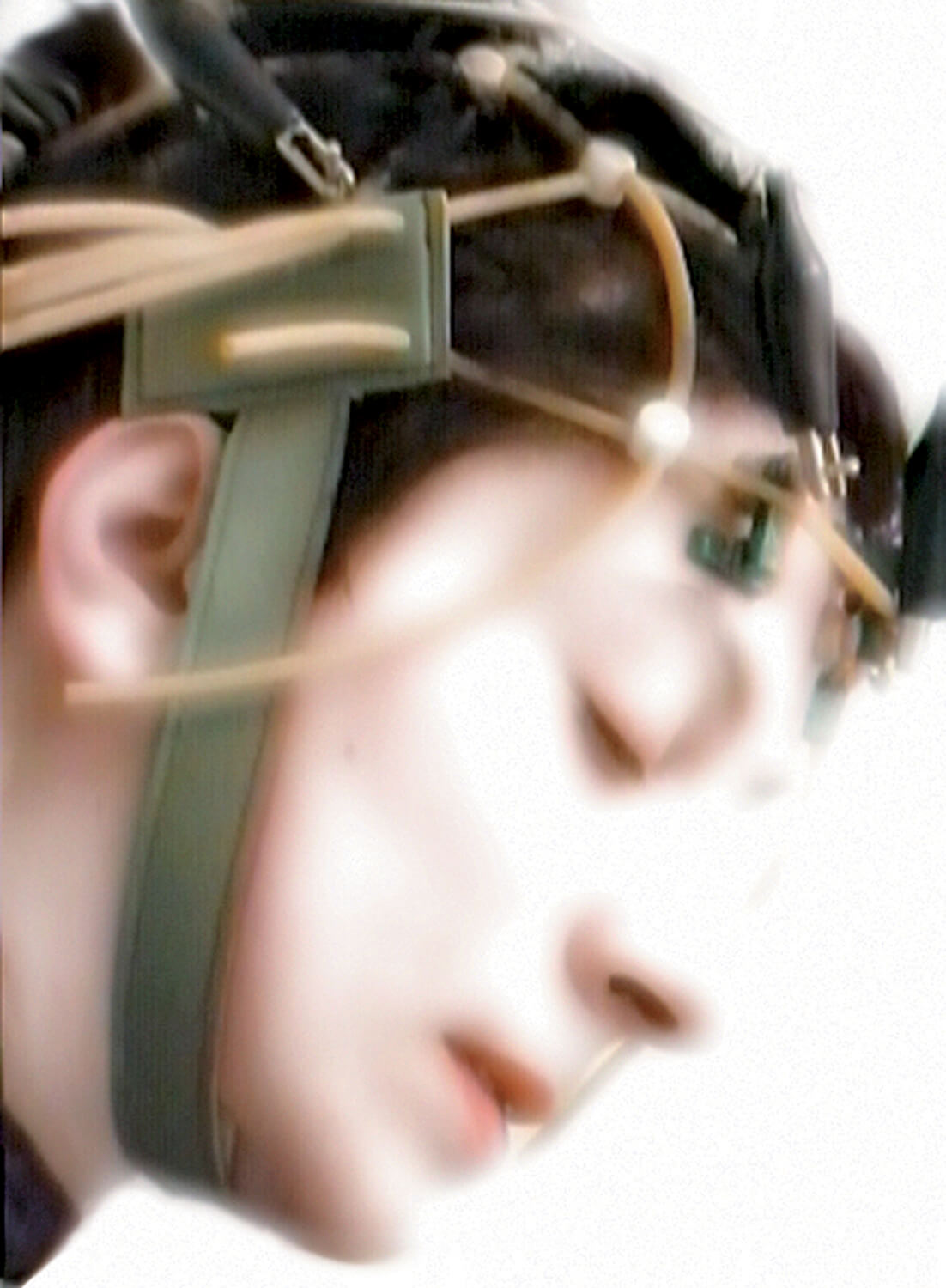
Deep In My Mind (1997)
Fine art print on cotton paper
Courtesy of the artists
Bianco-Valente, how did your artistic practice begin?
We met in 1994. We were university students and while we were already attending galleries and hanging out with some artists, art was not our idea for the future. Giovanna bought a video camera to carry out her thesis in History of Cinema and very naturally we began to use it experimenting with chromatic distortions and perspective alterations. We shot scenes using low light, resulting in images that were barely visible in the background noise. We were fascinated by mental images and wanted to recreate them, electronically. After a couple of years, we had already begun to exhibit videos and video installations in Italy, collaborating with important galleries. The works were based on technology, but in reality we questioned ourselves on philosophical concepts. We studied the body-mind duality and the way in which different forms of life have evolved, developing the ability to perceive external reality and interact with it. In the early 2000s, we focused on the concept of artificial intelligence, creating a series of installations based on personal computers programmed to perform emblematic tasks, like reading poems live, or immersing ourselves in an infinite calculation from which partial data was extracted translated into sound frequencies; they generated a sound that resembled the breaking of waves on the beach. These works were also based on technology, but what we were interested in was soliciting existential reflections.
You often work abroad. Why did you choose to live in Italy and how crucial is living in Napoli for your practice?
We consider it a privilege to be able to live in the center of this city that has existed for 2,500 years and which, in all this time, seems to have dedicated itself solely to accumulating wonder and horror. All it has to offer you. Whatever is staged in any theater in the world has already happened in Napoli. We have already heard those lines, on the street, spoken by ordinary people. What is considered the future in other places has already happened here. We have already experienced it. Paraphrasing Umberto Eco, we can say that without the rest of the world, Napoli would continue to exist (practically the same as itself), while the world without a city like Napoli, and all the imagery that radiates from it, certainly could not be the same.
How is a Bianco-Valente project conceived and what do you feel when you work on a project?
Works on a monumental scale or interacting with a community are complex elements that cannot be tested in one’s studio. They can only be imagined, and then, when the time comes to put the project into practice, one must be ready to ride the wave of all the unexpected changes that are necessary to adapt what one had in mind to reality. This is made up of people, places, moments, devices that interact each time in a different and unpredictable way. Over time, we’ve understood that it is all these adaptations that make the artwork fully vital, contemporary and necessary. Among the skills we’ve most developed over the years is that of mentally depicting the possible outcomes of a project. During the processing phases, we become a bit like acrobats who try to keep everything in balance, especially the relationships between the people involved, at least until the moment of the inauguration. It is a very tiring practice, but we believe it’s the right price to pay if you want to continue experimenting and innovating through work. When a work that has been confined to one’s mind for months materializes, one is overwhelmed by very deep emotions that amply repay all the efforts made.
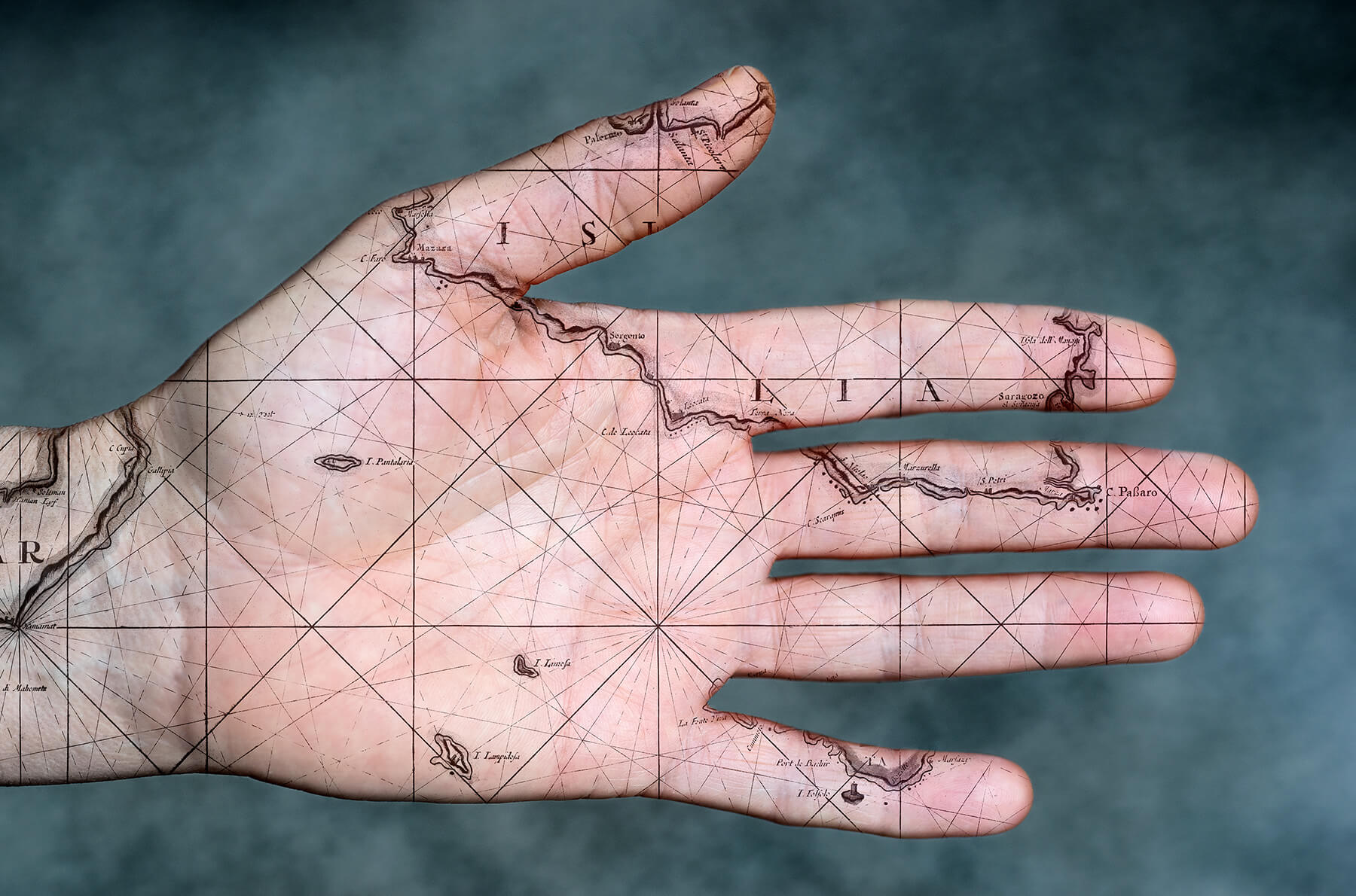
Terra di me (My land), 2018
Fine art print on cotton paper
Courtesy of the artists
Relational, Tu sei qui (You are here), Misuro il tempo (I measure time), Ogni dove (Everywhere), Terra di me (Land of me), Il mare non bagna Napoli (The sea doesn’t bath Napoli): each work is the voice of a referenced territory. How important is the weight of words in your work?
We are the only species that uses such a complex and articulated form of communication. During the stages of evolution that differentiated us from other primates, the emergence and development of language made our brain specialized in acquiring information from external reality through the narration of the experiences of other individuals. This ancestral predisposition has made us dependent on stories: fairy tales, mythological tales, novels, films, comics, plays, social media, etc. When we read a text or listen to a story, a palimpsest of images evoked by those words spontaneously takes shape in the brain. This “induced” imaginary enriches our experiential baggage, integrating almost indistinguishably with the memories linked to our “real” experiences. As visual artists, we are very interested in this interdependence between word and image and, in various interventions in the public space, we change the perception of a certain place, by placing an emblematic phrase between the observer and the surrounding scenery.
Connection, time and perception have always been central aspects of your research. What do they represent for you and how do you interpret them in this pandemic period?
We are made of time, at least as much as we are of flesh, bone and desire.
For an artist, what is (or what should be) the right compromise between themselves and their current work?
We believe that works are not the most important aspect in the life of an artist and probably not even what will remain as a significant trace of one’s path. It is much more important to establish connections with other personalities and other disciplines; to maintain active spaces for comparison, to design interventions for the public space, continuing to solicit reflections even among those who would never set foot in a museum or a gallery. What remains at the end of a career is the influence that one’s example has had in the new generations, or better still, the opportunities that one has been able to create for new generations of artists.
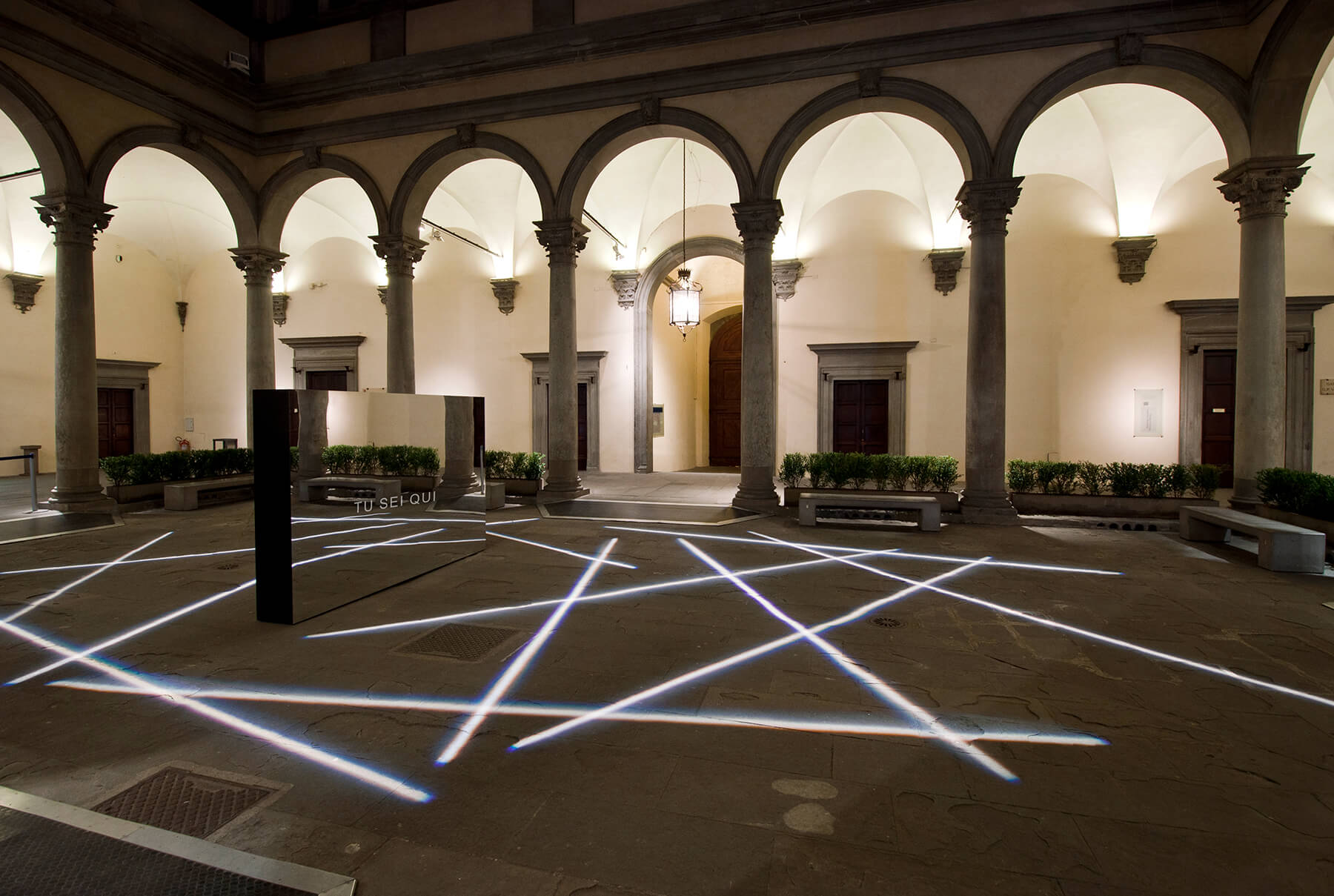
Tu sei qui (You are here), 2014
Installation view
Wooden structure with mirrored walls, engraved phrases, shaping lights
Palazzo Strozzi, Firenze
With Nessuno escluso (No one is excluded), the concept of “inclusion” is an invitation to new places, encounters between cultures, integration, coexistences. Two words that somehow reassure, therefore cancel, the loneliness of the individual, especially today. How and when was this project created in Napoli?
Homologation has never brought anything good. To progress, we need to compare ourselves with people who have a history different from our own, who can show us what exists from a different perspective. The center of Napoli is one of the most densely populated areas in Italy and for centuries in its streets, in every building, families from very different social backgrounds have lived together. This close confrontation has made the city a powerful generator of stories and imagery, which are well represented all over the world, in music, theater, cinema, literature, art. The commodification of the city for tourism and the consequent phenomenon of gentrification, however, are slowly emptying the neighborhoods in the center of its historical inhabitants, such as out-of-home students and less well-off families, thus fraying the meshes of the articulated social fabric and inhibiting, in perspective , the ability to generate non-standardized visions in the arts and culture).
With the work Nessuno escluso (No one is excluded), ideally placed at the entrance to the city, we recall that Napoli – with its millenary history of hospitality, integration, and transformation – has always been able to create wealth starting precisely from differences.
In general, what do you think is missing in art? When a work of art becomes universal, does it speak / reach anyone? Does it belong to everyone?
Courage is missing. Galleries that intend to do research should take advantage of this crisis period to give more space to young artists, also involving young critics in the curation of exhibitions or the writing of critical texts. Since sales are still scarce (even by offering more recognized artists), we might as well invest more decisively in research, in view of future developments. As for artists, they should free themselves from the obsession with fetish-work, acquire full awareness of their role as a political and cultural actor, and operate more and more outside the studio. If one’s nourishment and terms of comparison are all confined within the bubble of contemporary art – made up of galleries, fairs, collectors, museums – in a few years, you could lose all the stimuli, finding yourself screwed upon yourself to wearily repeat the same gestures. We must not be afraid to continue to do research, innovate, create bridges with other areas. Perhaps we’ll fail, but we could be reborn each time stronger and more aware than before.
What are your upcoming projects?
A Cielo Aperto (At the Open air), a public project we’ve been curating since 2008 together with Pasquale Campanella in Latronico (Basilicata), will be the scene of one of a series of Resilient Community events, the Italian Pavilion of the Venice Architecture Biennale this summer. We are preparing a publication and an exhibition event that will see the involvement of artists and scholars from different disciplinary fields, to whom we will ask to illustrate their vision on practices to be implemented in internal areas, in order to face this particular moment of crisis. We are also working on installation projects that will be carried out in Puglia, Palermo and Ottawa, Canada.



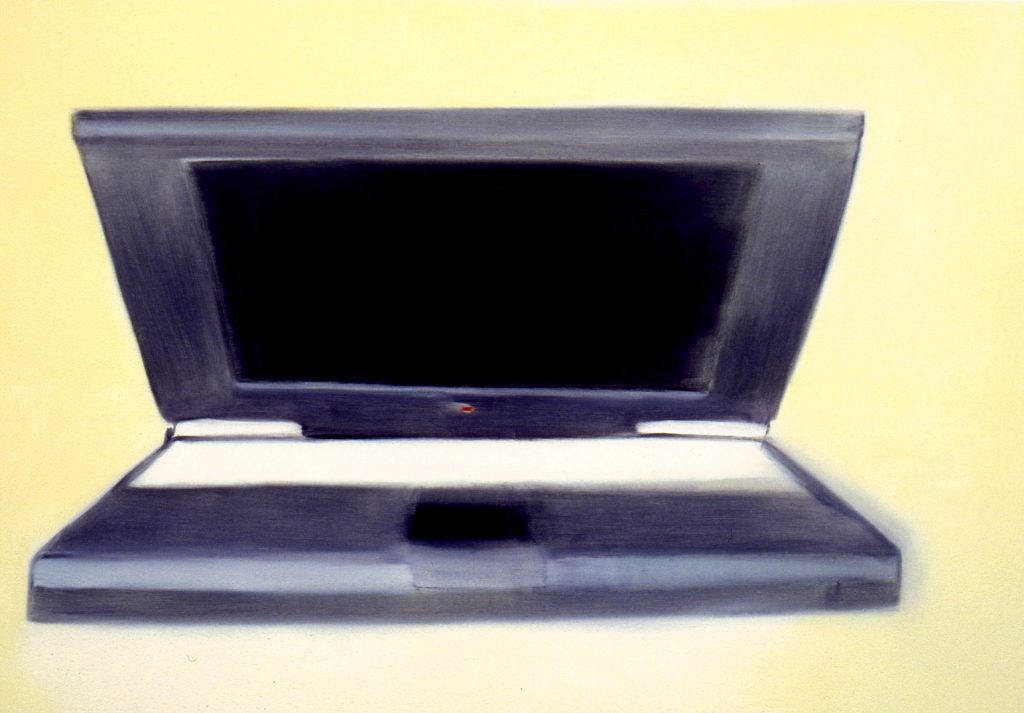





Responses